Politics
Sister organisations become battlegrounds for party leaders
Clash seen during the Rastriya Prajantra Party youth wing’s Kathmandu district convention symbolises tussle along a mother party’s factional line.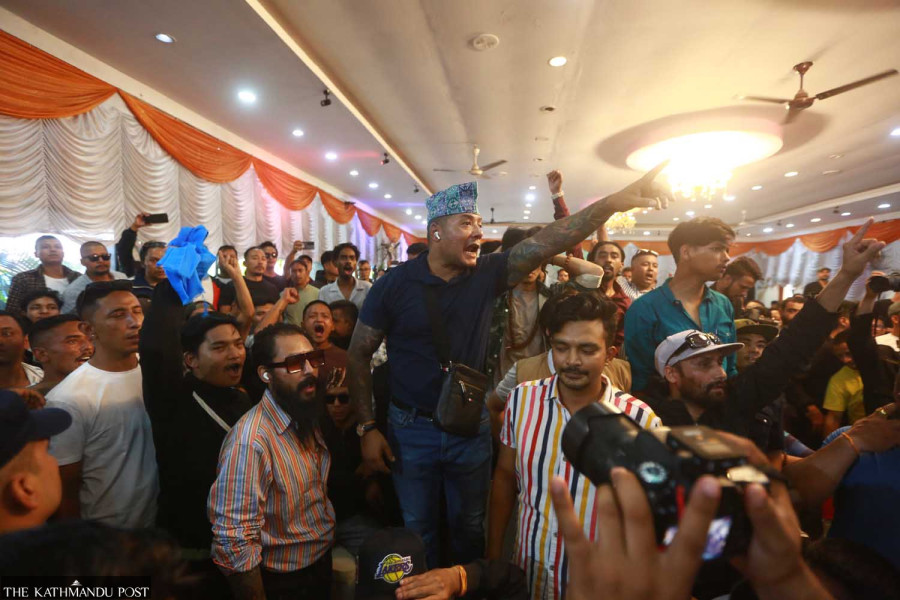
Purushottam Poudel
A simmering power struggle between Rastriya Prajantra Party (RPP) Chairman Rajendra Lingden and General Secretary Dhawal Shamsher Rana spilled over into the party’s youth wing on Wednesday, forcing an abrupt postponement of RPP’s Kathmandu district convention.
The event, inaugurated by party chair Lingden, ended with a clash between rival factions in the party.
After Lingden’s departure, Jyoti Lama, representing the disgruntled faction, declared himself chairperson of the Kathmandu chapter of the youth wing. The two factions accused each other of unnecessary interference in the event, reflecting deep internal tensions.
RPP, which advocates for the revival of the Hindu kingdom, is also geared to hold its general convention this year. The upcoming event has caused polarisation in the party. The party’s last general convention was held in 2021. According to the party statute, the general convention should be held every four years.
This incident highlights the trend of factionalism in political parties that has ripple effects in their sister organisations. The trend is visible in most of Nepal’s political parties, from the well-established Nepali Congress to the newer CPN (Unified Socialist). Such disputes continue to affect organisational activities at multiple levels.
Critics say such problems are inevitable when the interests of the leaders hold sway over the interests of the political parties. For influential politicians, sister organisations are a means to accumulate power and cultivate loyal cadres. Thus they often try to take command of sister organisations, particularly the youth and student wings, that can be instrumental in winning party elections and general elections.
Critics say this is a double-edged sword. Despite being an independent party entity, the sister organisation’s leadership is more loyal to the party leadership for its positions. In return, the leaders of the sister organisation who use the platform to rise up in power hierarchy later exploit it to exert influence in the party.
“Every political party has factions, and the sister organisations can provide a shield to one or more factions. That is why party leaders want the party wings to act in their favour,” said Keshav Dahal, a political analyst.
Dahal maintains that the culture of having sister organisations under a political party has politicised the entire society.
For Dahal, the kind of tussles we are currently witnessing at Tribhuvan University, where the student union affiliated to CPN (Maoist Centre) has targeted the university’s registrar and rector, suggests the sister organisations of political parties should be scrapped.
But, Madhav Dhungel, a UML leader and former chair of the All Nepal National Free Students Union (ANNFSU), the sister organisations are the grounds for the growth of future party leaders. The members of such an organisation could even be someone who is not a political cadre but a potential candidate. This is a reason the leadership always wants the sister organisations to work in their favour.
“The leadership also wants the party organisation to move in their spirit. Thus, they want favourable leadership in the sister organisations,” Dhungel said.
Hinting at his party, the UML, Dhungel said that if the leadership of a sister organisation cannot be selected unanimously, there could be an election.
During the ANNFSU general convention held in June, the party establishment, while opposing Prakash Paudel, supported Sujan Kadariya for the chair. Kadariya won the election by seven votes.
During the 10th general convention of the National Youth Association Nepal, the youth wing of the UML, held towards the end of May in Pokhara, party chair KP Sharma Oli backed Kshitiz Thebe. Despite Oli’s desire to elect Thebe unanimously in the face of pressure from Suman Puri, the association was compelled to hold an election only to declare Thebe elected by a margin of 188 votes.
The sister organisation’s dispute is evident not only in the UML but also the Congress and the CPN (Maoist Centre), among other parties. When the Shekhar Koirala faction in the Congress and other party leaders challenge the party establishment, in the sister organisation of the Maoist Centre, Janardan Sharma has been challenging the party establishment.
On December 19 last year, Nepal Student Union (NSU) President Dujang Sherpa appointed central representatives at 113 campuses to distribute memberships as a first step towards the 12th general convention of the NSU, which the Koirala faction objected to.
Due to the rift in the party, the NSU general convention has repeatedly been rescheduled but has yet to be held. A similar tussle between the party’s central leadership has also paralysed other sister organisations.
Govind Raj Pokharel, a Congress leader close to Koirala, said that since the sister organisation has a quota of general convention representatives and can even influence other representatives at the convention, the sister organisation’s leadership is vital in internal party politics.
“Apart from other things, since the sister organisations could influence the party’s overall activities, favourable leadership in the organisation is vital for the leaders vying for prime positions in the party,” Pokharel said.




 10.12°C Kathmandu
10.12°C Kathmandu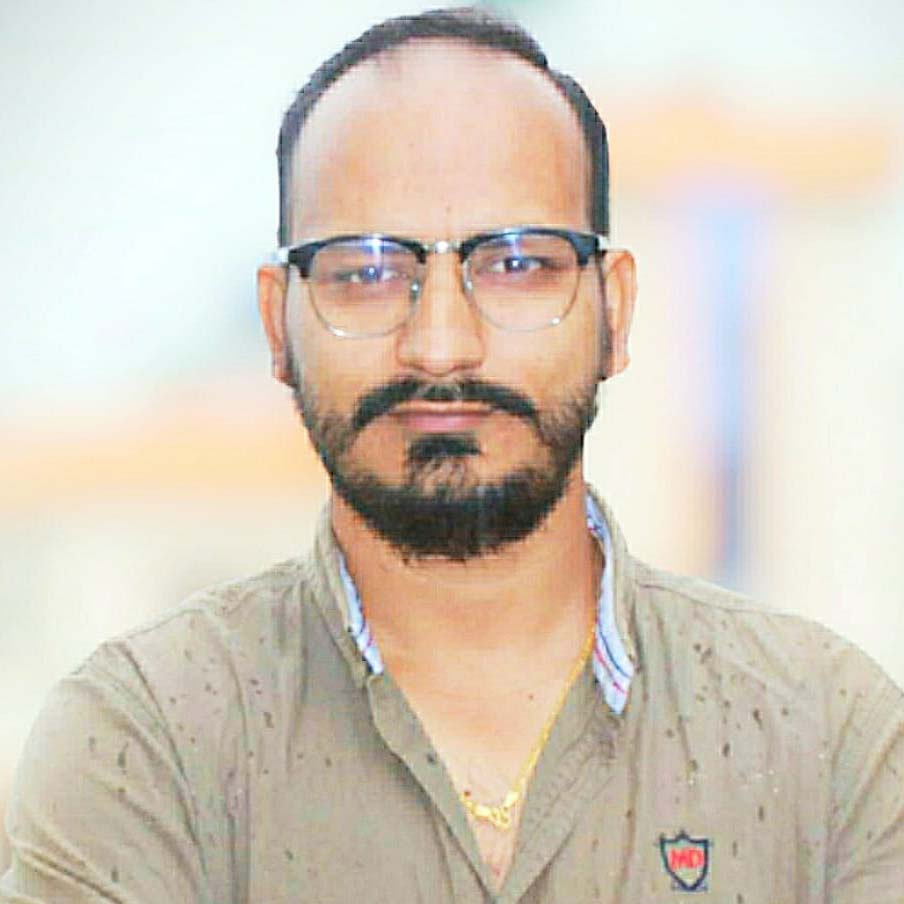
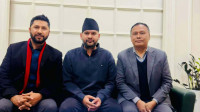


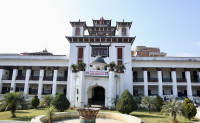



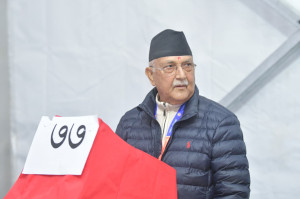
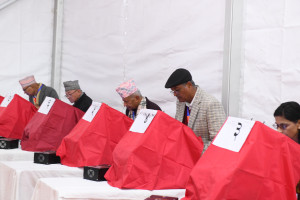

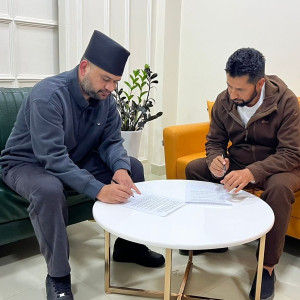


%20(1).jpg&w=300&height=200)

